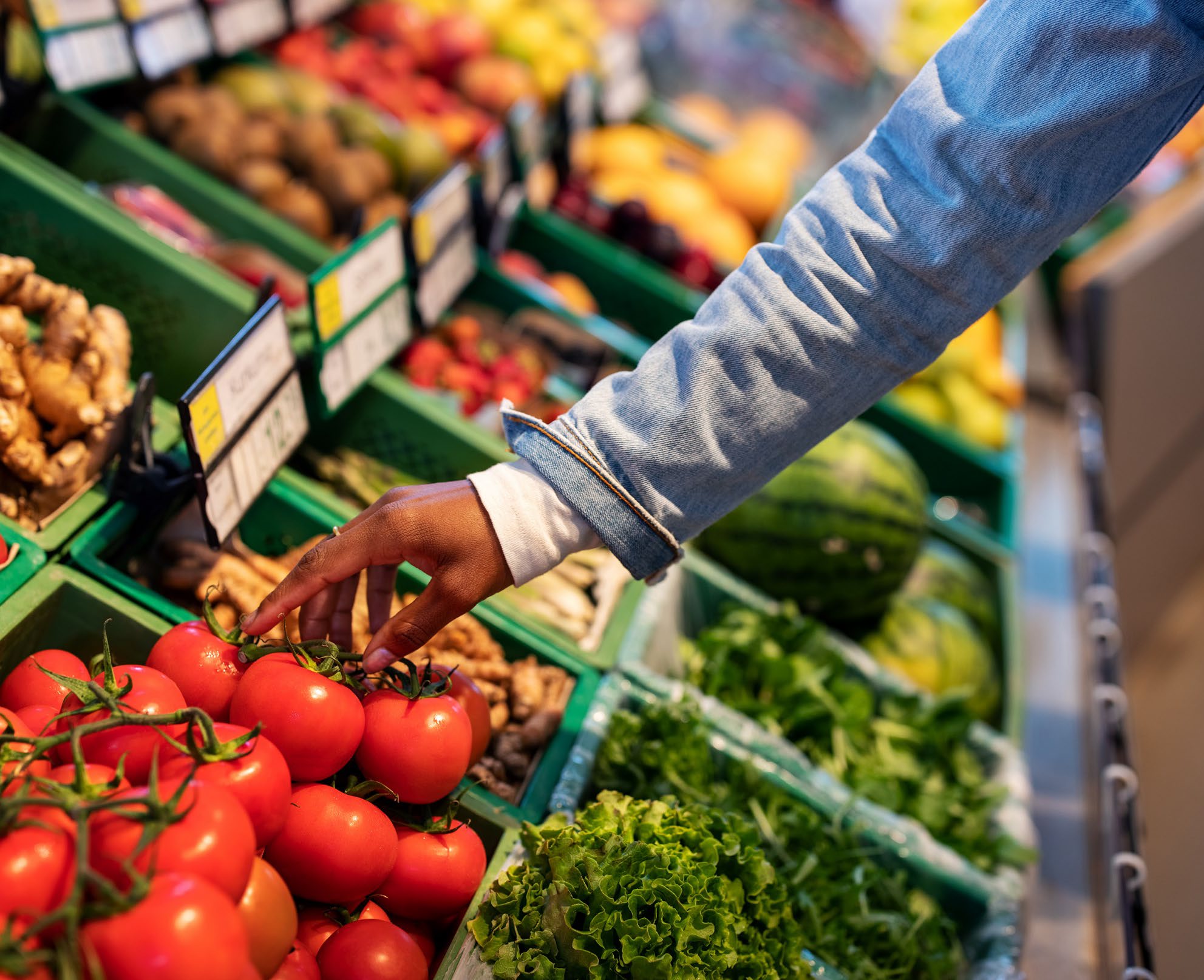Residents of the City of Saginaw have limited access to healthy and affordable foods. There are only two grocery stores in the city and many convenience stores and dollar stores that sell low-quality and highly processed food items. There are two food banks and many food pantries and soup kitchens that play an invaluable role for City residents that struggle to afford enough food. However, many food pantries do not offer much choice of foods, and several are clustered in similar areas.
The barriers to accessing food are more pronounced for households that have low incomes and those who do not have a vehicle. In Saginaw, over 34% of the residents live below the poverty line (U.S. Census Bureau, 2022), and many residents experience hunger. Systemic racism and bias have caused residents of color to experience disparities in poverty, asset accumulation, unemployment, and food access. These factors drive food insecurity—which is not having enough food to live a full, healthy life.
The purpose of the Food Access Study was to gather information that will help the City of Saginaw plan and take action to improve food access for residents. This study focuses on the food retail environment in the City and where and how people get their groceries. The study gathers input from the community to better understand what residents want, their challenges, and how they currently get food for themselves and their families.
Below you can find the Final Report, Summary Report, and Presentation, each sharing the study findings related to the food landscape—the physical environment, community priorities, assets, and challenges, as well as shopping behaviors. The report concludes with identified opportunities and recommendations, which are based on the study findings.





